-
.
Drew Hurley
Santa Fe Community College
.
.
.
For Use With: Mooney, Knox & Schacht, Understanding Social Problems, West Publishing Co., 1997.
.

Crime is the violation of law.

Official Statistics
Victimization Surveys
Self-Report Offender Surveys
.
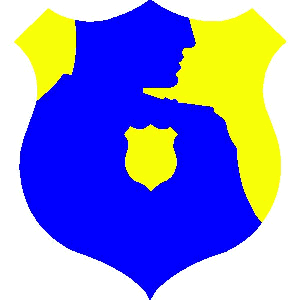
Consider: Self-Report surveys reveal that virtually all adults have engaged in some illegal behavior. Why then is only a fraction of the population labeled as criminal?
Next Page

Crime is functional. It strengthens group cohesion and reinforces institutions and jobs.
Next Page
Robert King Merton's Strain (Anomie) Theory
Mode ............... Means ............ Goals
Conformity ....... Old ................ Old
Innovation ........ New .............. Old
Ritualism ......... Old ............... None
Retreat ............ None ............ None
Rebellion ......... New ............. New
Behavior is chosen based upon the expectation of probable success. If an individual believes that criminal behavior is more likely to be successful than straight behavior, society plays a role shaping that perception, however, accurate or inaccurate, it may be.
.
.
| Mode | The Poor | Middle Class | Rich |
| Conformity | Working Poor | Suburban Family | Civic Leader |
| Innovation | Mugger | Embezzler | Stock Manipulator |
| Ritualism | Chronic Welfare Recipient | Uncommitted Bureaucrat | Hedonist |
| Retreatism | Wino or Junkie | Social Alcoholic | Bohemian |
| Rebellion | Outlaw or Criminal | Anarchist | Facist |
.
.
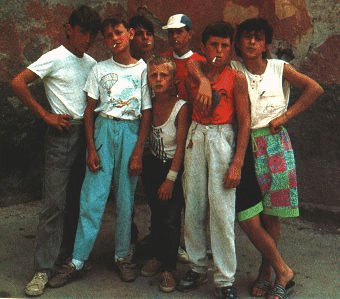
Walter Miller: Trouble, Toughness, Smartness, Excitement, Fate, and Autonomy
Elijah Anderson: 'Survival Toughness'
Next Page
Travis Hirschi's Control Theory
Attachment -- Commitment -- Involvement -- Belief
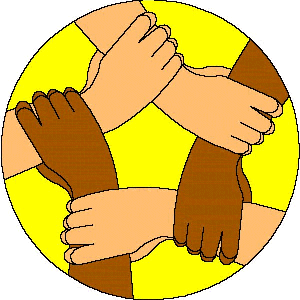
Next Page
The greater the social inequality the greater the crime rate.
Those in power define criminal behavior to protect their interests and property.
Law enforcement serves those in power.
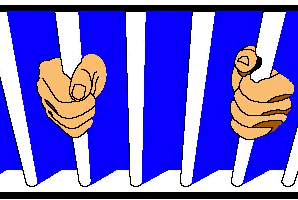
Consider:
By focusing on street crime and violence, the public is diverted from corporate
crime and institutional violence.

Michael Milken was convicted of stock fraud which costs investor $600 million; but served half his sentence performing community service, such as tutoring children at this neighborhood center.
.
Symbolic Interactionist Perspective
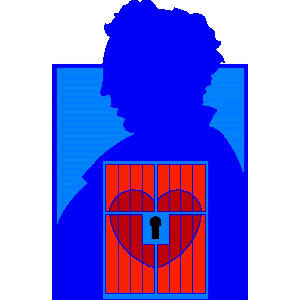
How do people create their Reality? What is the basis for socially constructing deviance?
Next Page
Howard becker's Labeling Theory:
Primary Deviance -- Secondary Deviance -- Career Deviance
Status Degradation Ceremony
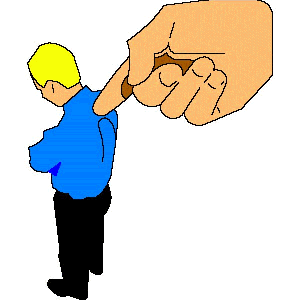
Edwin Sutherland's Differential Association Theory
Age -- Ratio -- Intensity
Learn criminal skills and the values and beliefs that support criminal acts.

Next Page
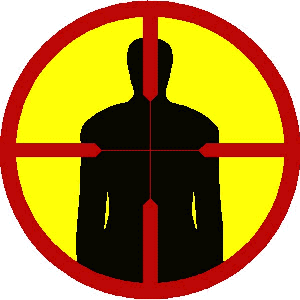
Violent Crime
Homocide -- Aggravated Assault -- Acquaintance Rape
Next Page
Property Crime
Vice Crimes
Organized Crime
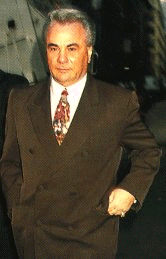
John Gotti
Corporate Crime
William Aramony (United Way) and Michael Milken
Love Canal, Ford Pintos, Haagen-Daz, Phar-Mor
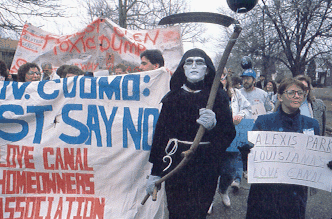
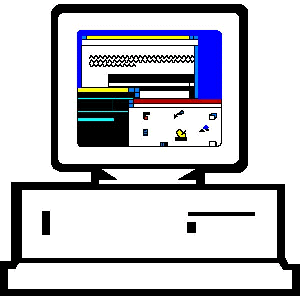
Crashed Airliner, Rounded off Paychecks, Corporate Spying, ATM Rip-offs, Theft of Credit Card numbers
Next Page
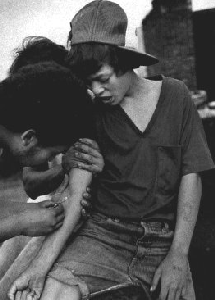
Gangs
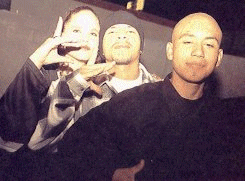
Female Members of Gangs
Gender and Crime
.
.
.
Age and Crime
Race, Social Class and Crime
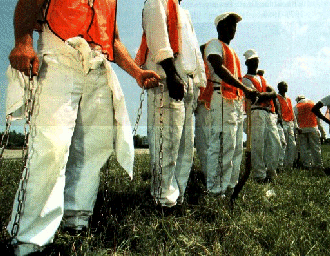
.
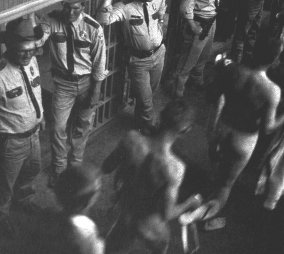
Consider: Stereotyping groups as prone to crime may contribute to violence among those groups.
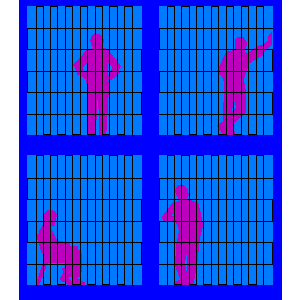
Based on Arrest Records, the typical criminal is:
Sex = Male -- Age = 21.6 -- Social Class = Lower Working Class -- Ethnicity = White
Next Page
Region and Crime
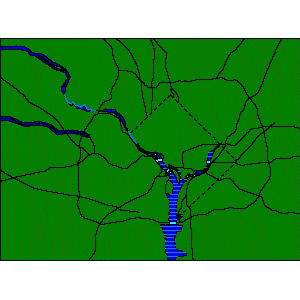
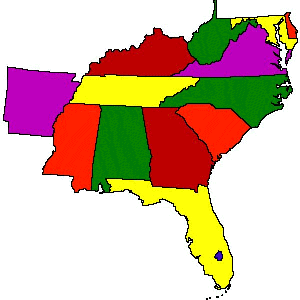
Urban Areas and the Southeastern U.S.
Next Page
.
.
Economic Cost of Crime and Violence
George Conklin's Cost Categories:
Direct Costs
Associated Transfer Costs
Loss of Productivity Costs
Cost of Illegal Expenditures
Criminal Justice System Costs
.
.
Social and Psychological Cost of Crime and Violence
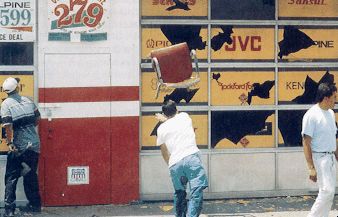
If frightened citizens remain locked in their homes instead of enjoying public spaces, there is a loss of public and community life, as well as a loss of 'social capital.' NRC
.

Consider: The fear of crime sometimes leads to tragedy....
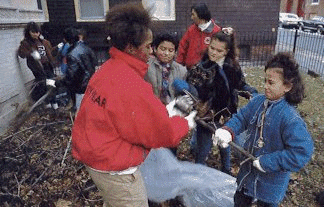
Youth Programs: Abolish Chronic Truancy, Boys Clubs, Girls Clubs
Community Programs: Mad Dads
Dispute Resolution Centers
.

A child can see 20,000 murders by the age of 13. This leads to increased aggressiveness and decreased sensitivity.
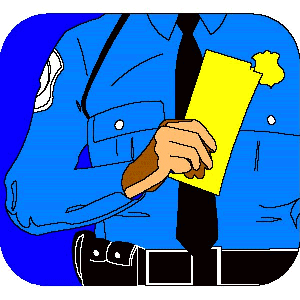
General and Specific Deterrence
Capital Punishment: Nationally, almost half of those on death row are minorities
Next Page
Witness to an Execution:
Rehabilitation and Incapacitation
Gun Control
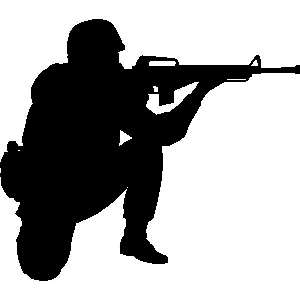
Consider:
Most Western Nations have abandoned the death penalty; it is now practiced most by countries which
routinely violate human rights.
Next Page
Recidivism Versus 'Three Strikes and You're Out'
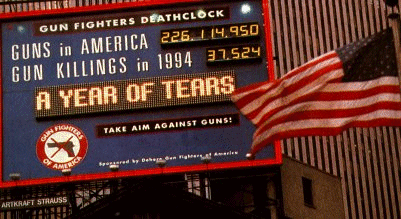
The Brady Bill Versus The National Rifle Association

The only effective way to curb crime is to prevent the criminal act in the first place.
Our youngsters must be taught to handle disputes without violence.
Next Page
drewhurl@sprynet.com

Next Page
Produced at Bits & Bytes Farm, 1997
Designed by:
Drew Hurley
Santa Fe Community College
3000 NW 83rd Street
Gainesville, FL 32606
ClipArt provided by:
Imageline, Inc.
401 E. Main Street, Suite 100
Richmond, VA 23219
Photos Provided by:
Black Star News Service
2121 Avenue of the Americas
Washington, DC 20111
.
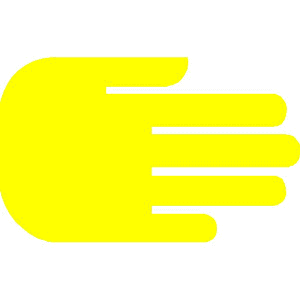
The End